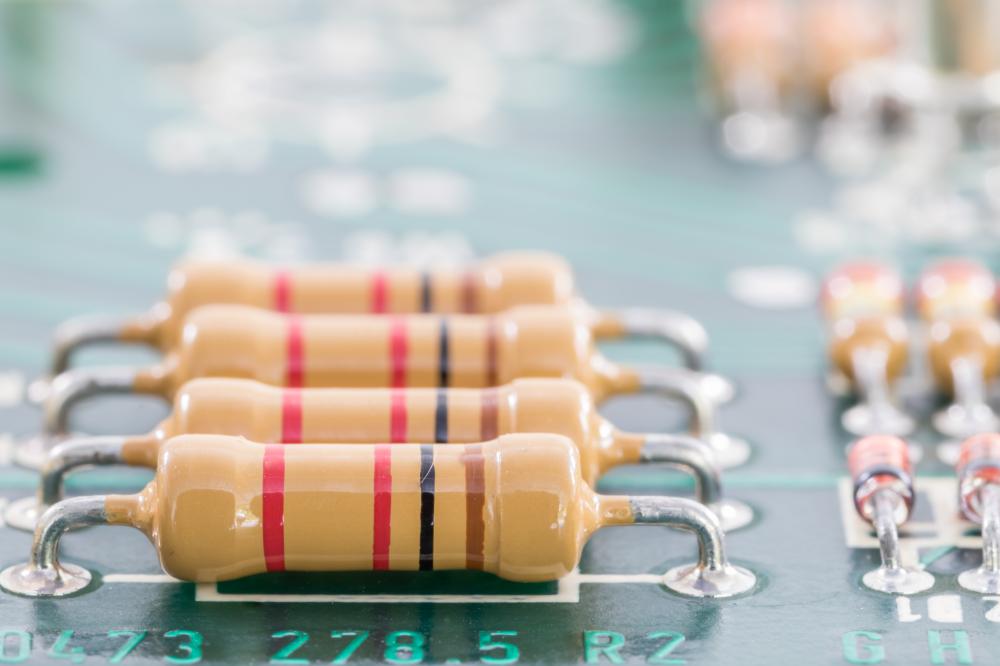Navigating the Electronic Components Landscape in Massachusetts
In Massachusetts, the scene for end of life electronic components is as dynamic as it is complex. The journey of these components involves a web of suppliers, distributors, and manufacturers working together or apart to address the specialized needs of various industries. As someone with over two decades of experience at Synergy Components, a leader in global supply chain solutions, I can tell you that the process of managing end of life electronic components Massachusetts isn’t just about finding parts. It’s about understanding the lifecycle of products and actively managing them to avoid disruptions.
The state’s bustling electronics sector is not just limited to its burgeoning tech hubs; it’s also rooted in its traditional manufacturing heartlands. This sector’s demand for obsolete or hard-to-find components often means engaging with a balance of new and surplus inventory, which can be a logistical puzzle. Managing this complex network requires trust and expertise, something Synergy Components has honed over years of practice.
Why are End of Life Electronic Components Important?
End of life (EOL) electronic components Massachusetts primarily serve to fill the gaps where new components fail to appear, or where redesigning a product is unviable. With technological evolution occurring at a breakneck pace, components often reach their end of life status rapidly, becoming ‘vintage’ in less time than ever before. This rapid cycle is a critical focal point for engineers and supply chain managers alike.
One might ask, why not simply move on to the next component? The answer lies in economic and practical considerations. For many industries, particularly telecommunications and healthcare, the cost and downtime associated with redesigning entire systems to accommodate new components is prohibitive. Instead, securing reliable EOL components ensures continuity, saving money and resources.
Developing a Strategy for End of Life Components
Creating a strategy for managing end of life electronic components Massachusetts requires a multi-faceted approach. Here are a few core strategies:
- Asset Recovery: Leverage asset recovery services to recoup investments. This encompasses everything from selling unused surpluses to identifying valuable components within obsolete devices.
- Obsolescence Management: Proactively manage the lifecycle of components. Use databases and predictive tools to forecast when components will hit end of life, allowing for better planning and purchasing ahead of time.
- Supplier Relationships: Foster strong relationships with suppliers who specialize in EOL components. This network serves as an invaluable resource when components become scarce.
Experience in the field has shown that integrating these strategies can drastically reduce the impact of obsolescence on operational capabilities.
What are the Challenges with End of Life Electronic Components?
End of life electronic components Massachusetts pose unique challenges. First and foremost is the risk of counterfeit components. With demand high and supply low, the temptation for unscrupulous vendors to introduce counterfeit or substandard components into the market increases. At Synergy Components, we’ve implemented rigorous testing protocols to ensure component authenticity, a crucial step in maintaining product integrity.
Another significant challenge is the sheer unpredictability of supply and demand. Natural disasters, economic shifts, or technological breakthroughs can instantly change the landscape. For instance, the Tōhoku earthquake and tsunami in 2011 had profound effects on global supply chains, as I witnessed firsthand in my collaboration with Rin Y, a Commodity Manager at an International CEM. Adapting swiftly was key to maintaining our supply chain’s resilience.
Is There a Future for End of Life Electronic Components?
Yes, the future is bright for end of life electronic components Massachusetts as they continue to play a pivotal role. The need for these components is unyielding, driven by the persistence of older technologies alongside newer, cutting-edge advancements. This hybrid landscape ensures that EOL components remain indispensable.
- Innovation in Recycling: Companies are investing in recycling and refurbishing technologies to extend the life of components and reduce waste.
- Adaptation to New Technologies: As technology advances, so do the methods for integrating EOL components into new solutions, often through custom adaptations.
- Global Network Expansion: The expansion of global supply networks further broadens the availability and reliability of EOL components.
Each of these aspects helps to sustain the demand for EOL components, weaving them firmly into the fabric of electronic manufacturing and maintenance.

Understanding End of Life Electronic Components
Why is it critical to manage end-of-life electronic components effectively?
In managing end-of-life (EOL) electronic components, understanding the ripple effects on manufacturing and supply chains is essential. At Synergy Components, we’ve found that proactive management avoids costly disruptions. For instance, a healthcare firm we partnered with saved significant downtime by securing EOL components to maintain their vital medical equipment, thus circumventing the high cost of equipment redesign.
Strategies for Managing End of Life Components
What are the most effective strategies for dealing with end-of-life components in Massachusetts?
An effective approach involves asset recovery, obsolescence management, and fostering robust supplier relationships. At Synergy Components, we utilize predictive tools to forecast component obsolescence, allowing our partners to plan ahead. By leveraging our extensive network, we ensure clients like Ben M from a large telecom manufacturer receive custom-made solutions swiftly, illustrating our commitment to minimizing lead times and reducing costs.
Addressing the Challenges of End of Life Components
How do companies in Massachusetts mitigate risks associated with counterfeit components?
Counterfeit parts pose significant risks, but rigorous testing protocols, like those we’ve implemented at Synergy Components, ensure authenticity. After the Tōhoku earthquake, our collaboration with Rin Y highlighted the importance of adaptability and rigorous vetting processes to maintain supply chain integrity. Additionally, building trusted supplier relationships acts as a safeguard against the influx of counterfeit parts.
Economic Impact of End of Life Components
Why don’t companies simply redesign products to avoid using obsolete components?
The economic implications of redesigning products can be prohibitive. For industries like telecommunications, the costs and operational downtime are substantial. EOL components offer a cost-effective alternative. At Synergy Components, we’ve helped clients retain legacy systems, like those of Elise A’s engineering firm, ensuring continuity while preventing unnecessary expenses.
Future of End of Life Components in Technology
Do end-of-life electronic components have a future in the rapidly evolving tech industry?
Absolutely, EOL components will remain essential as older and newer technologies coexist. Innovations in recycling and refurbishing are paving the way for more sustainable use of these components. At Synergy Components, we foresee a growing demand as global networks expand, emphasizing the need for reliable EOL components in evolving tech landscapes.
Synergy Components Experience in Supply Chain Solutions
How does Synergy Components set itself apart in managing EOL electronic components?
Our 30 years of expertise and a vast network of over 5,000 partners enable us to source parts with unmatched efficiency. Our tailored solutions are designed to meet specific needs, whether preventing counterfeit purchases or customizations that save costs, as experienced by our clients. Our certifications assure quality and reliability, making us a trusted partner in supply chain solutions.
Resources
- Massachusetts Official Website – Explore information about the state of Massachusetts and its various industries.
- IEEE (Institute of Electrical and Electronics Engineers) – Access resources on electronics engineering and technology advancements.
- Semiconductor Industry Association – Learn about the latest trends and developments in the semiconductor industry.
- U.S. Environmental Protection Agency (EPA) – Find information on environmental regulations and initiatives related to electronic waste management.


